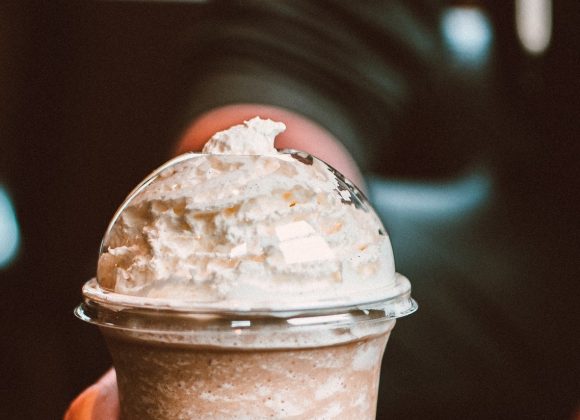If you’re currently trying to avoid or lessen caffeine effects from coffee, these 10 caffeinated foods and drinks you should put on your next grocery shopping lists.
Average caffeine in coffee is about 95% per 8 ounces of coffee, that can be too much for people who rarely drink coffee. Caffeine side effects can also be undesirable for people who do not drink coffee on a daily basis. Larger doses of caffeine can cause insomnia, nervousness, restlessness, nausea, increased heart rate, and other side effects. But, for people who find coffee as ubiquitous as water, quitting caffeine can be brutally painful and difficult.

Higher doses of caffeine are believed to improve physical performance. When caffeine is consumed as a pre-meal workout, it requires 3 mg per kilogram of body weight, and sometimes even higher dosage of caffeine is needed to improve endurance. The positive effects of caffeine are real and valuable, but in this case, more is not better. The question is how to replace caffeine in coffee with other caffeinated products?
These 10 caffeine rich foods and drinks give you less dosage of caffeine but remain giving you those jitters compared to your standard cup of joe.
Chocolate
Aside from its benefits for health, caffeine in chocolate is 12 milligrams for every 1 ounce of chocolate. A whole bar of chocolate contains about 17 milligrams.
Tea
Most varieties of tea can also be the most caffeinated drink. Though, it depends on how strong you brew, but black tea has the most caffeine compared to green or white teas.
Soda and soft drinks
Not only rich in sugar, soft drinks also contain caffeine. A 12-ounce of soda typically has 30 to 40 milligrams of caffeine. Some brands of root beer and lemon-lime soda also have caffeine on its ingredients.
Energy drinks
Most energy drinks rely on a caffeine jolt. The caffeine in an energy drink can range anywhere from 40 to 250 mg per 8 ounces. If you drink energy drinks more than the suggested one serving per container, it means you will be taking more caffeine.
Ice cream and yogurts
Coffee, mocha, and chocolate yogurts might also be hiding caffeine. In fact, coffee and mocha flavored dairy products and frozen have more caffeine than their chocolate flavored relatives.
Cereal
You might be surprised that between your bowl of breakfast cereal, it contains more caffeine. Adding it with a glass of black coffee will surely increase its caffeine. A cocoa flavored cereal, for example, has 1 milligram of caffeine per 3/4 cup.
Chocolate milk
If you think that chocolate is better to replace coffee, think again. One cup of hot chocolate milk contains 2.5 milligrams of caffeine.
Cocoa powder
Thinking of sprinkle cocoa powder into your bakery or hot milk drinks but you avoid caffeine? Think again. Keep in mind that unsweetened cocoa powder adds more than just a chocolate taste to your bakeries. One tablespoon contains 12.4 milligram of caffeine which is equal to one sip of coffee.
Kombucha
Certain brands of kombucha use caffeinated tea in their blend. It usually contains anywhere between 8 to 15 milligrams of caffeine per serving depending on the flavor.
Oreos
Who doesn’t like Oreos? This sandwich cookie consisting of two wafers with a sweet creme filling, in fact, has 1.3 milligram of caffeine per cookie. Eating more means you take up more caffeine from your favorite Oreo.





